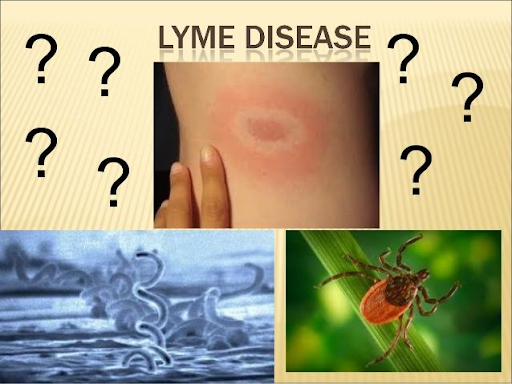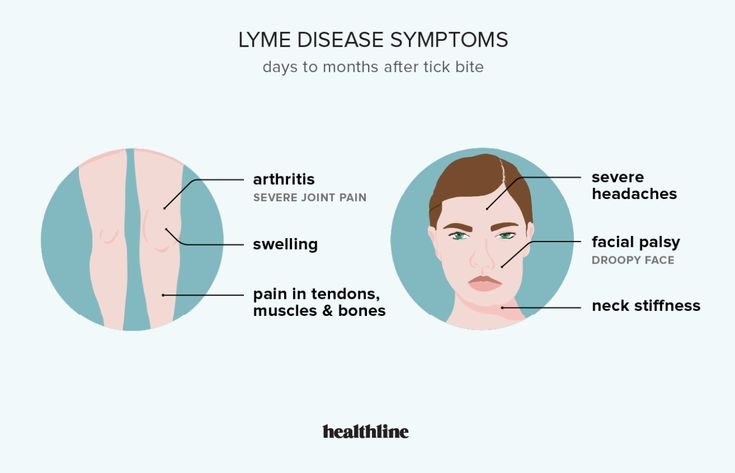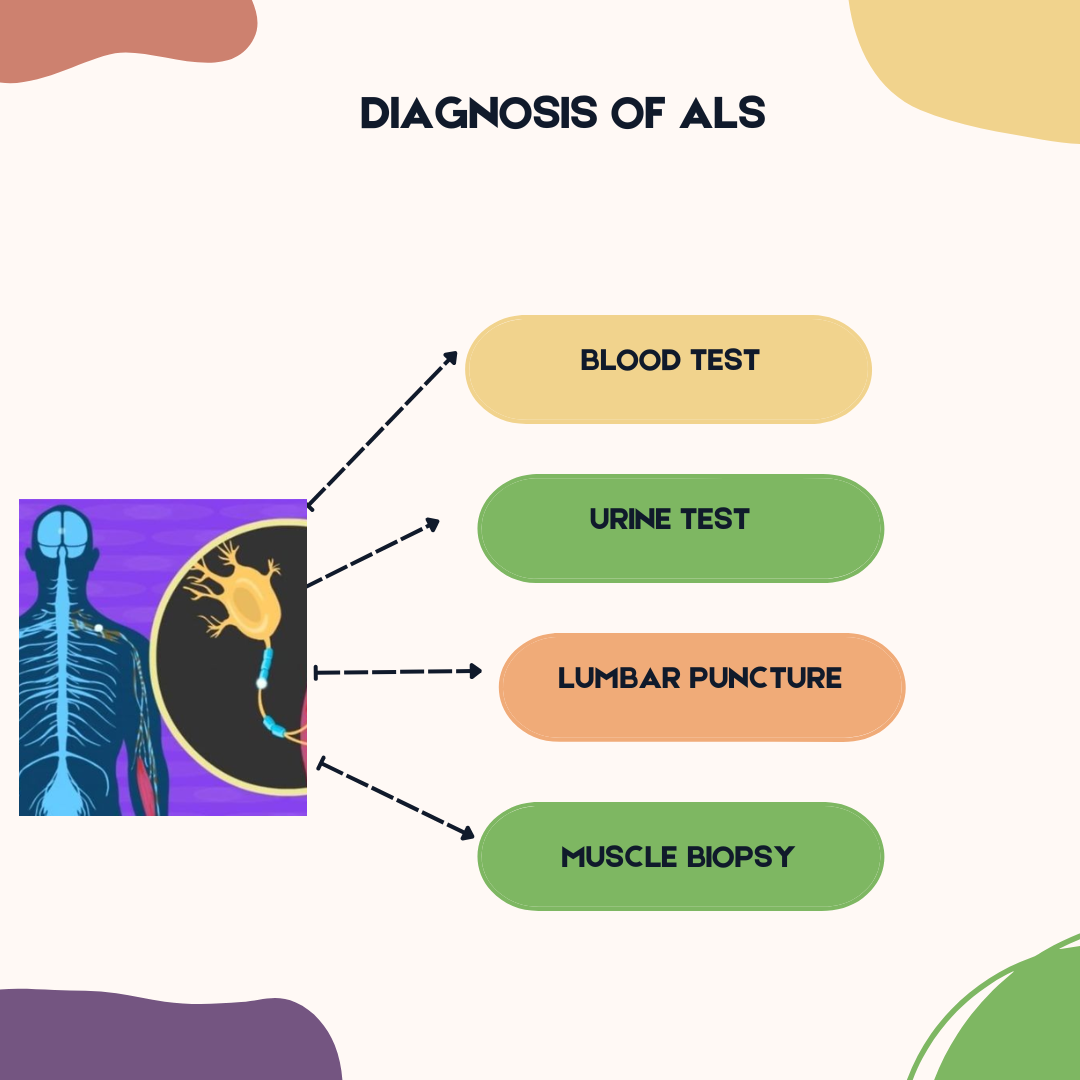
What could be the real reason behind the persistent muscle weakness and twitching? Both Lyme disease and ALS can affect the nervous system. Even though, there is a similarity in the clinical symptoms, the underlying causes beneath the two conditions are different.
Lyme disease is a bacterial infection, which is spread among humans through a tick bite. Amyotrophic Lateral Sclerosis (ALS) is a neurodegenerative disorder that affects the functioning of motor neurons. Due to the similarity in the clinical signs, there is a high rate of misdiagnosis. In this blog, we will explore the link between ALS and Lyme disease. How to differentiate between the two conditions?
What is Lyme disease?
Lyme disease is caused by the bacteria, “Borrelia burgdorferi”, and is transmitted through the bite of black-legged ticks. There is an increased chance of getting Lyme disease if you spend time in grassy or wooded areas. Ticks can get the bacteria from rodents, deer, etc.
When these ticks attach to the body of the host, the bacteria enters into the blood circulation. If the ticks are removed within 24 hours, there is less possibility of transmission.
The clinical symptoms of Lyme disease appear within 30 days after the tick bite. Skin rashes or erythema migrans can appear at the site of the bite. Other clinical signs can include:
- Musculoskeletal pain
- Headache
- Fatigue
- Swelling of lymph nodes
- Bell’s palsy (facial nerve paralysis)

Treatment options:
The first-line treatment strategy for Lyme disease includes antibiotics (amoxicillin or doxycycline). Even after the appropriate treatment, around 15% of individuals experience symptoms like constant headache. This condition is known as post-treatment Lyme disease syndrome. PTLDS will not respond to further antibiotic treatment.
Lyme disease can be prevented with the use of insect repellents, such as DEET. The exposure to ticks can be minimized with the help of long pants, and shoes. To reduce the risk of infection, you can take a bath after outdoor activities.
What is ALS?
Amyotrophic lateral sclerosis (Lou Gehrig’s disease) is a neurodegenerative disorder that affects the voluntary movement of the muscles. When there is degeneration of motor neurons, the muscles will not receive the signals.
As a result, there will be muscle weakness and fasciculations. The US Food and Drug Administration (FDA) has approved certain drugs to manage the clinical symptoms of ALS. But, there is no current treatment strategy to reverse ALS.
Clinical symptoms:
- Twitching of muscles
- Slurred speech
- Difficulty swallowing
- Dyspnoea
- Salivary drooling

Diagnosis of ALS:
Magnetic resonance imaging (MRI) employs magnetic fields to capture the images of the brain & spinal cord. Electromyography (EMG) is another diagnostic tool that can be used to analyse the functioning of nerves & muscles. Other tests that aid in the diagnosis of ALS include:
- Blood test
- Urine test
- Lumbar puncture
- Muscle biopsy

What are the clinical symptoms that overlap between ALS and Lyme disease?
Lyme disease and amyotrophic lateral sclerosis (ALS) are two different conditions that can create a dilemma in diagnosis, especially at the early stages. Muscle weakness serves as one of the most common clinical symptoms. In ALS, weakness occurs due to the deterioration of motor neurons.
Lyme disease can result in inflammation of nerve roots and can cause weakness of limbs. Both the conditions can result in cognitive changes, that includes brain fog and memory dysfunction.
What are the common myths that are related to ALS and Lyme disease?
- Lyme disease can cause ALS:
ALS looks like a treatable condition due to the clinical symptoms, such as fatigue, muscle weakness, etc. Lyme disease is spread through a tick bite that can be treated with antibiotics.
Lyme disease will not cause ALS. A neurologist can easily distinguish both the conditions, based on clinical symptoms and test results.
- ALS affects only old people:
ALS can affect teenagers, adults, and older people. Lou Gehrig was diagnosed with ALS in his 30’s. He passed away at the age of 38.
- ALS can only cause motor impairment:
According to the recent studies, around 20-30% of the individuals develop cognitive impairment and 5-10% get dementia.
What are the differences between ALS and Lyme disease?
|
ALS |
Lyme disease |
|
Neurodegenerative condition that impairs the activity of motor neurons |
Bacterial infection which is spread through a tick bite |
|
Currently, there are no treatment options available to reverse the clinical signs |
The clinical symptoms can be managed with antibiotics, lifestyle changes, and dietary modifications. |
|
Poor prognosis |
Favourable prognosis, if detected and treated earlier. |
|
ALS is diagnosed with the help of EMG that includes nerve conduction studies. |
Can be diagnosed with the help of Enzyme- linked immunosorbent assay (ELISA), Western blot technique, etc. |
|
Mainly, motor neurons are affected |
The infection can spread to musculoskeletal system, nervous system, etc |
The treatment options, causes and prognosis are different in both ALS and Lyme disease. If detected earlier, effective treatment can be initiated with antibiotics.
Conclusion:
The resemblance in clinical symptoms can often lead to misinterpretation, resulting in inappropriate treatment strategies. Detailed medical history, clinical symptoms, and diagnostic tools can help in differentiating both Lyme disease and ALS. Hence, it is important for the patients to get an early diagnosis that helps them to receive proper care.
References:
- Centers for Disease Control and Prevention. About Lyme Disease [Internet]. Atlanta (GA): CDC; 2024 Aug 26 [cited 2025 Jul 7]. Available from: https://www.cdc.gov/lyme/about/index.html
- Mayo Clinic. Lyme disease – Symptoms and causes [Internet]. Rochester (MN): Mayo Clinic; 2024 [updated 2024 Jun; cited 2025 Jul 7]. Available from: https://www.mayoclinic.org/diseases-conditions/lyme-disease/symptoms-causes/syc-20374651
- National Institute of Neurological Disorders and Stroke. Amyotrophic lateral sclerosis (ALS) [Internet]. Bethesda (MD): NINDS; 2023 [cited 2025 Jul 7]. Available from: https://www.ninds.nih.gov/health-information/disorders/amyotrophic-lateral-sclerosis-als
- Rothstein JD. Myths About ALS [Internet]. Baltimore (MD): Answer ALS; [cited 2025 Jul 7]. Available from: https://www.answerals.org/myths-about-als/
- Cleveland Clinic. Lyme Disease: Symptoms, Treatment, Prevention & Recovery [Internet]. Cleveland (OH): Cleveland Clinic; 2022 Feb [cited 2025 Jul 7]. Available from: https://my.clevelandclinic.org/health/diseases/11586-lyme-disease
- National Institute of Neurological Disorders and Stroke. Amyotrophic lateral sclerosis (ALS) [Internet]. Bethesda (MD): NINDS; [updated Feb 28 2025; cited 2025 Jul 7]. Available from: https://www.ninds.nih.gov/health-information/disorders/amyotrophic-lateral-sclerosis-als







